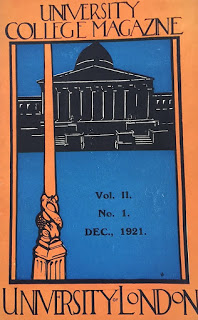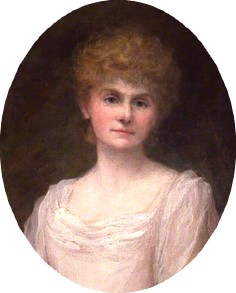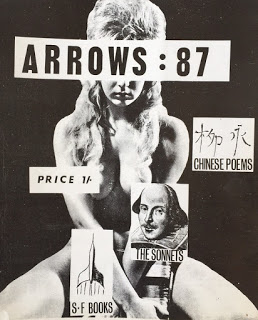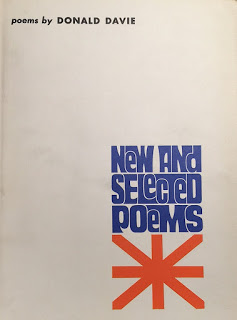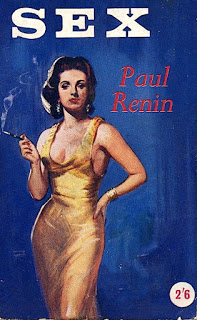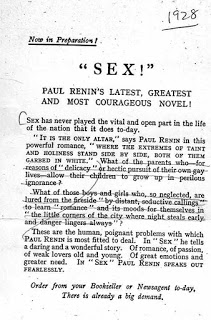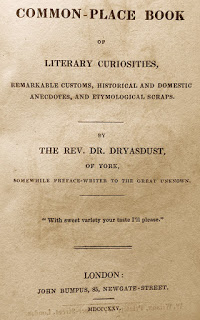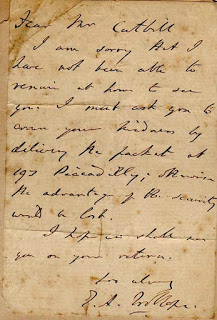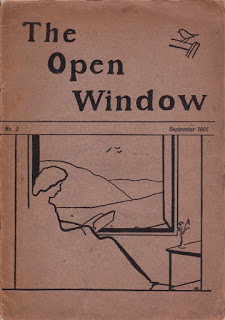 Any Jotters who in their childhood tuned into Danger Mouse, which is about to be revived, must know that his sidekick was called Penfold. It would seem that this character was named after the Victorian architect John Wornham Penfold (1828 - 1909), who is perhaps best known today as the inventor of the octagonal pillar box, several examples of which can still be found in Cheltenham.
Any Jotters who in their childhood tuned into Danger Mouse, which is about to be revived, must know that his sidekick was called Penfold. It would seem that this character was named after the Victorian architect John Wornham Penfold (1828 - 1909), who is perhaps best known today as the inventor of the octagonal pillar box, several examples of which can still be found in Cheltenham.
But here we have a copy of the Punch Pocket Book for 1846 (discovered many years ago in an antique shop) that once belonged to the future architect and designer, then aged just eighteen, while he was working as a lowly assistant draughtsman in the London office of the renowned architect and illustrator Thomas Talbot Bury (1809 -1877) and his partner Charles Lee (1803 – 1880). At this time Penfold’s duties were various, and included surveying at proposed sites, researching legal documents, studying plans, often of proposed railways, and copying and preparing plans and delivering them with other related material to clients and lawyers. The Diary, also records Penfold’s churchgoing, social life, including visits of friends and relations, dining out, trips to the theatre and concerts, excursions to art galleries and museums, and visits home to his home town of Haslemere. Here then is a rare glimpse into the world of a trainee architect in early Victorian London at a time when the ‘Railway Mania ‘ was raging across England and the metropolis was rapidly expanding. Not surprisingly, most of the more interesting entries in the Diary illustrate the way in which these developments relate to Penfold’s work. Here are some examples:
January:
Wednesday 14th.Took letter to B. Williams, Waterloo Place & to Humby, Carlton Chambers. Copying Plan of Sewer under Richmond Railway on Mr Leader’s land & Beck’s Bill to W. Clay.
Monday 26th. …went with Sydney to measure across Westminster Bridge road where the south east extension is to cross by Miss Carr’s property. Inking in tracing of South Eastern Extension Ry.
Continue reading


